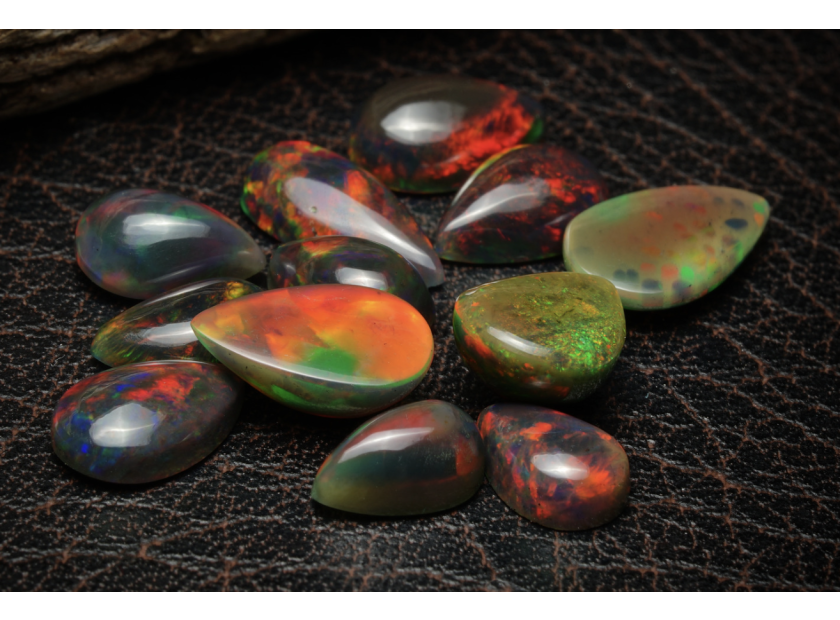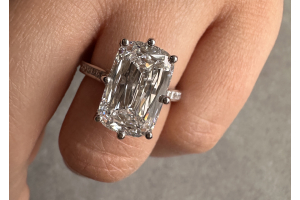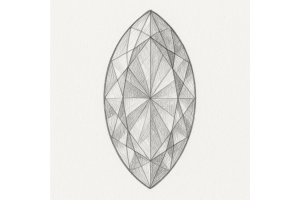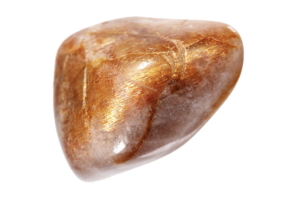GBP
/
GBP
/
Shipping to:
Currency:
What Is the Difference Between Opal and Fire Opal?
Opals have long captivated jewellery enthusiasts with their mesmerising play of colours and unique characteristics. Among the various types of opals, the terms "opal" and "fire opal" are often used, sometimes interchangeably, leading to confusion. Let's delve into the distinctions between these two gemstones to enhance your understanding and appreciation.
Understanding Opals
Opals are gemstones formed from hydrated silica, comprising tiny silica spheres that diffract light to produce a spectrum of colours—a phenomenon known as "play-of-colour." This iridescence is what makes opals so enchanting. The most renowned opal deposits are found in Australia, Ethiopia, and Mexico.
Introducing Fire Opals
Fire opals are a distinct variety of opals, primarily recognised for their vibrant body colours that range from yellow and orange to deep red. Unlike many common opals, fire opals may not exhibit play-of-colour; instead, their allure lies in their rich, warm hues. The term "fire" refers to the gemstone's fiery body colour rather than any internal flashes of colour. Mexico is the most notable source of fire opals, particularly from regions near ancient volcanic activity.
Distinguishing Between Opal and Fire Opal
- Body Colour: Traditional opals typically have a milky or translucent base with a play-of-colour that displays various hues. In contrast, fire opals boast a transparent to translucent body with uniform colours ranging from yellow to red.
- Play-of-Colour: While many opals are celebrated for their play-of-colour, fire opals often lack this characteristic. However, some rare fire opals do exhibit this phenomenon, combining a vivid body colour with internal colour flashes.
- Transparency: Fire opals are generally more transparent compared to common opals, which are often opaque or translucent. This transparency allows fire opals to be faceted, enhancing their brilliance.
- Geographical Origin: Traditional opals are predominantly sourced from Australia and Ethiopia, whereas fire opals are mainly found in Mexico.
- Jewellery Use: Due to their transparency and vibrant colours, fire opals are often faceted and set in various jewellery pieces. Traditional opals, with their play-of-colour, are typically cut en cabochon to best display their iridescence. For unique gemstone settings, check out gemstone engagement rings.
Do All Fire Opals Exhibit Play-of-Colour?
Not all fire opals display play-of-colour. Many are valued solely for their vivid body colours. Those that do exhibit play-of-colour are considered particularly rare and are sometimes referred to as "precious fire opals."
Pricing and Value
The value of both opals and fire opals is influenced by factors such as colour intensity, clarity, size, and the presence of play-of-colour. High-quality fire opals with intense red or orange hues and good transparency are especially prized. Traditional opals with a strong play-of-colour and appealing patterns are also highly valued. To explore beautiful gemstone jewellery across all budgets, check out gemstone rings.
Care and Maintenance
Opals, including fire opals, are relatively soft gemstones, ranking between 5.5 and 6.5 on the Mohs hardness scale. They require careful handling to prevent scratches and damage. It's advisable to store opal jewellery separately and avoid exposure to harsh chemicals or extreme temperatures. Cleaning should be done with a soft, damp cloth.
Choosing Between Opal and Fire Opal
The choice between an opal and a fire opal depends on personal preference and the desired aesthetic. If you're drawn to a gemstone with a captivating play-of-colour, a traditional opal may be ideal. Conversely, if you prefer a gem with a bold, uniform colour, a fire opal could be the perfect choice. Both stones are associated with creativity and passion, making them meaningful additions to any jewellery collection. If you're looking for something truly distinctive, check out non-traditional engagement rings.
Frequently Asked Questions
Can opals be treated or enhanced?
Yes, some opals undergo treatments to enhance their appearance. Common treatments include impregnation with oils, waxes, or resins to improve stability and appearance. It's important to purchase opals from reputable sources that disclose any treatments. To learn more about natural vs. lab options, check out lab-grown diamonds vs. gemstones.
Are fire opals suitable for engagement rings?
While fire opals are stunning, their relative softness makes them more susceptible to scratches and damage compared to harder gemstones like diamonds or sapphires. If choosing a fire opal for an engagement ring, consider protective settings and be prepared for more frequent maintenance.
How do synthetic opals compare to natural ones?
Synthetic opals are lab-created stones that mimic the appearance and structure of natural opals. They are generally more affordable and can be more durable. However, they lack the rarity and unique characteristics of natural opals.
Where do opals and fire opals come from geologically?
Opals form in sedimentary environments, often in areas with historic volcanic activity. For a deeper dive into how and where these stunning stones form, check out how gemstones and diamonds are formed.








